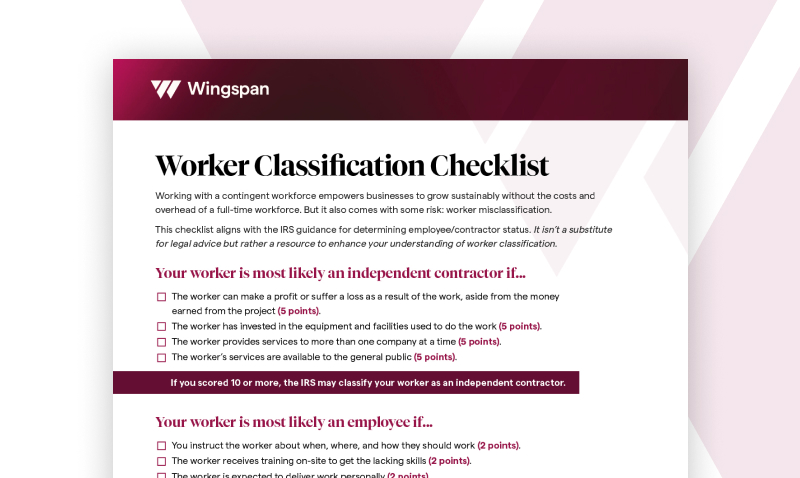When you’re self-employed and juggling multiple clients (and timelines), organization can make the difference between running a well-oiled business—or struggling through utter chaos.Here are five things successful freelancers do to get organized.
1. Keep a regular schedule.
Just because you can work any time you want doesn’t mean that you should. Figure out when you perform best: in the morning, the afternoon, or at night. Then, set regular office hours during the week. Sticking to this structure will make you feel like you have a life outside of work and help ward off burnout.
2. Use project management tools.
Brand designer Abe Zieleniec and his studio partners use tools like Google calendar and Notion to keep track of their projects. Illustrator Amber Vittoria schedules time for sketching and finalizing projects on her Google calendar, and keeps an eye on how much she has planned for each day. “If each day gets pretty long, I try to stop.” (Related: How to Find Free Productivity Apps and Tools to Supercharge Your Business)
3. Nurture regular clients and get an anchor gig.
No matter what your profession, prioritize jobs that are more than one-and-done projects and build relationships with bosses or clients that are easy to work with. Try to land an “anchor gig,” a regular task that serves as a reliable source of monthly income. This will help you avoid a desperate scramble for jobs to pay the bills, giving you some peace of mind.
4. Know when to turn down work.
Zieleniec turns work down “fairly often,” and tries to keep his workweek to around 40 hours. One way to ensure that you attract quality clients is to raise your prices, he says. “Make sure you’re giving yourself a raise, which I think is hard for some people,” he says. “I’ve raised my hourly rates multiple times over the past 5 years. It allows you to not work as many hours, and that helps with burnout.” Graphic designer Heather Franzman works on her freelance projects on nights and weekends in addition to her full-time position. “At the beginning, just take everything,” she advises. But she acknowledges this approach can only go on for so long: “For awhile, I was taking on too many projects. I learned that I have to say no.” (She tends to reject quick turnaround work.) Determine how long it takes you to complete certain types of jobs, and leave up to a quarter of your monthly schedule free in case a can't-miss opportunity appears.
5. Stay on top of your books.
Freelancers don’t a dedicated accounting team or HR department, so it’s essential to keep good business records. That’s where Wingspan comes in: This all-in-one platform can help you keep track of your income and expenditures, as well as calculate how much you owe in quarterly self-employment taxes. Send invoices, manage invoices and bookkeeping and benefits, all in one place. Start your 30-day free trial here.
You Might Also Like:
How to Get Organized for Next Year’s Tax Season Now
Ashley Hamm on How to Take Time off When You’re Self-Employed
Freelancer's Guide to Ruling the World: How to Use Social Networking Sites for Tips, Gigs, and Encouragement

.jpg)
.jpg)
